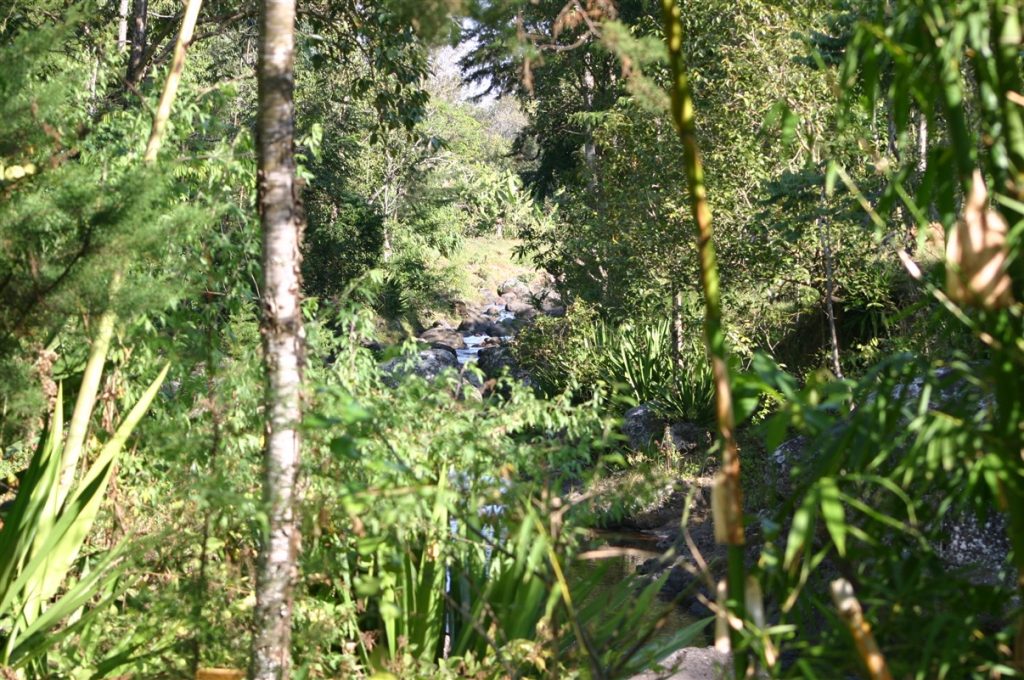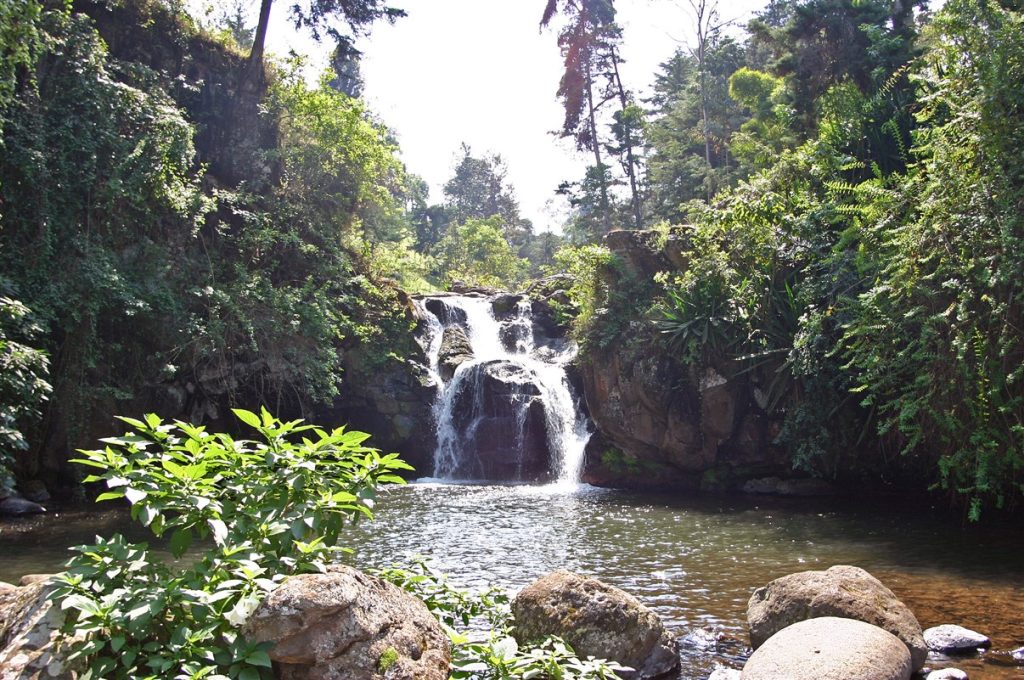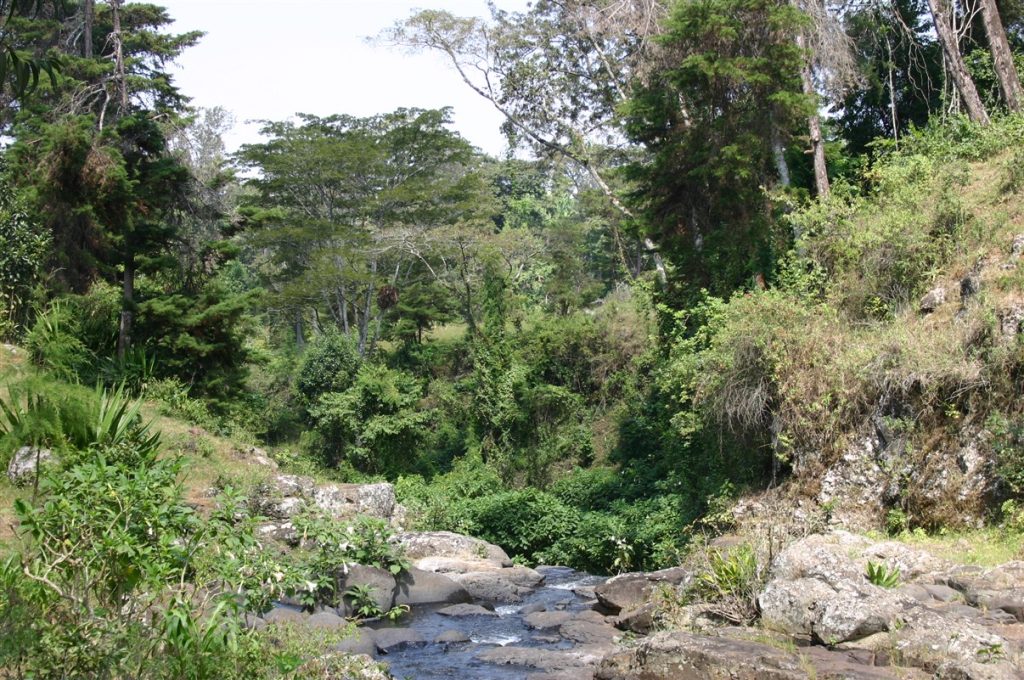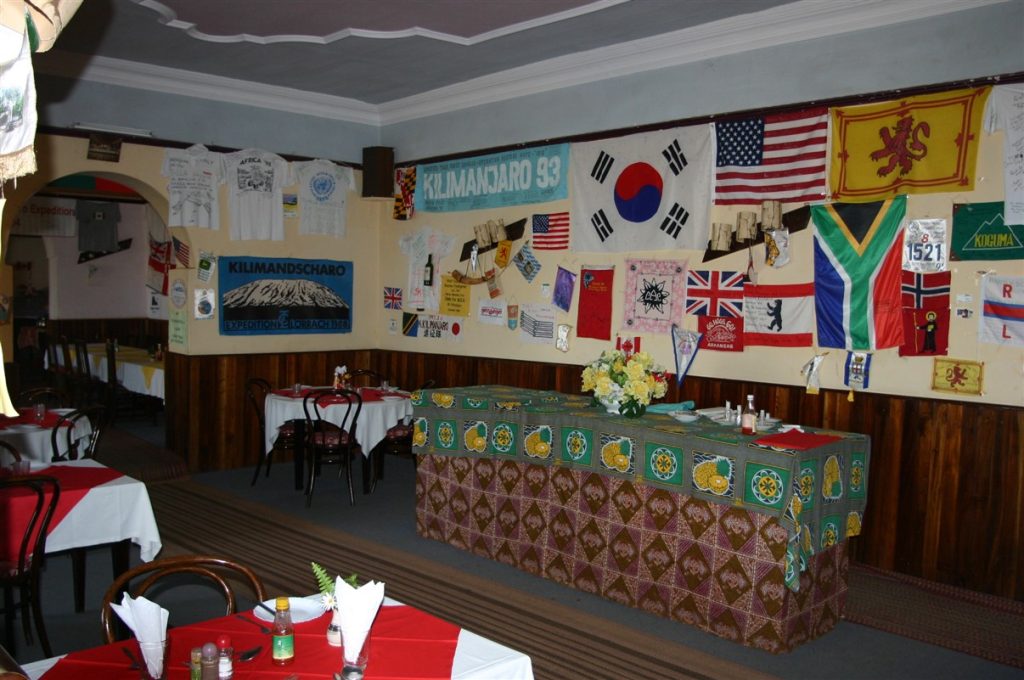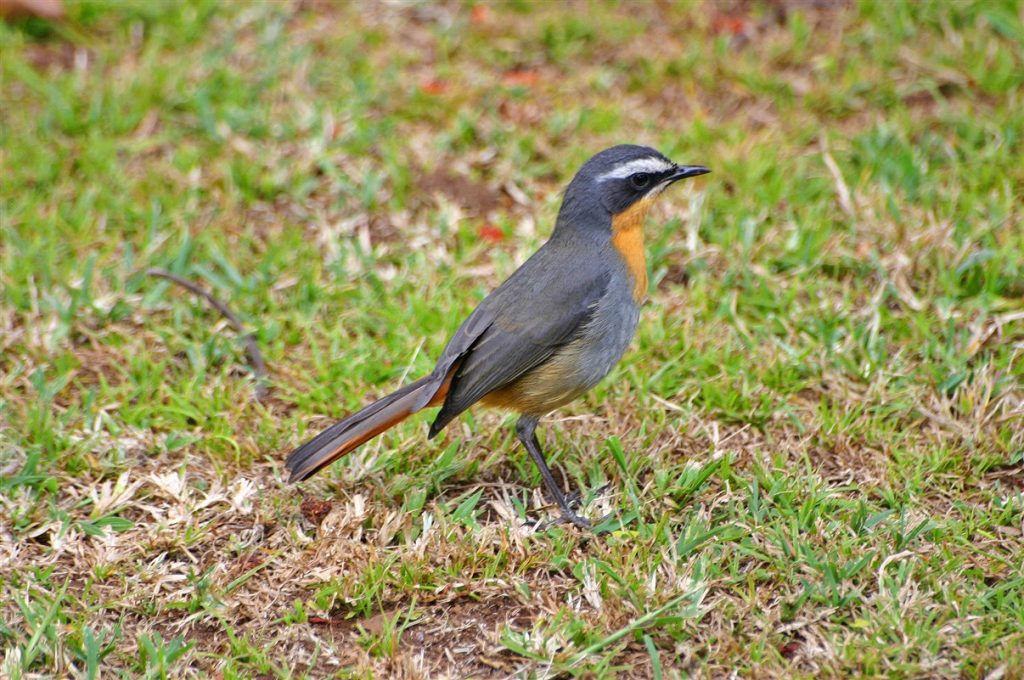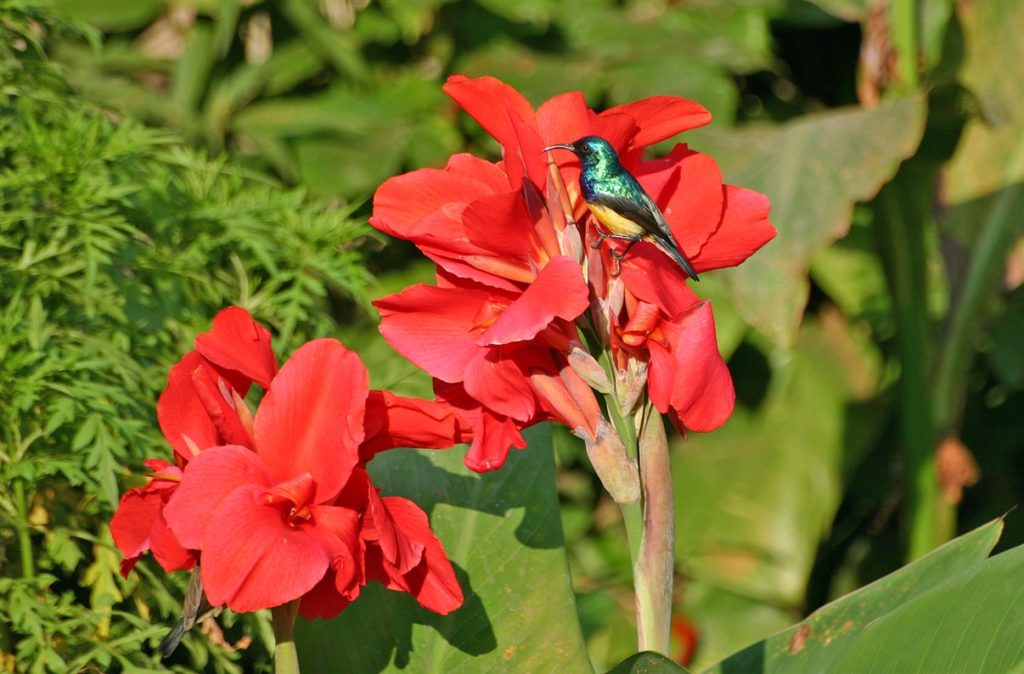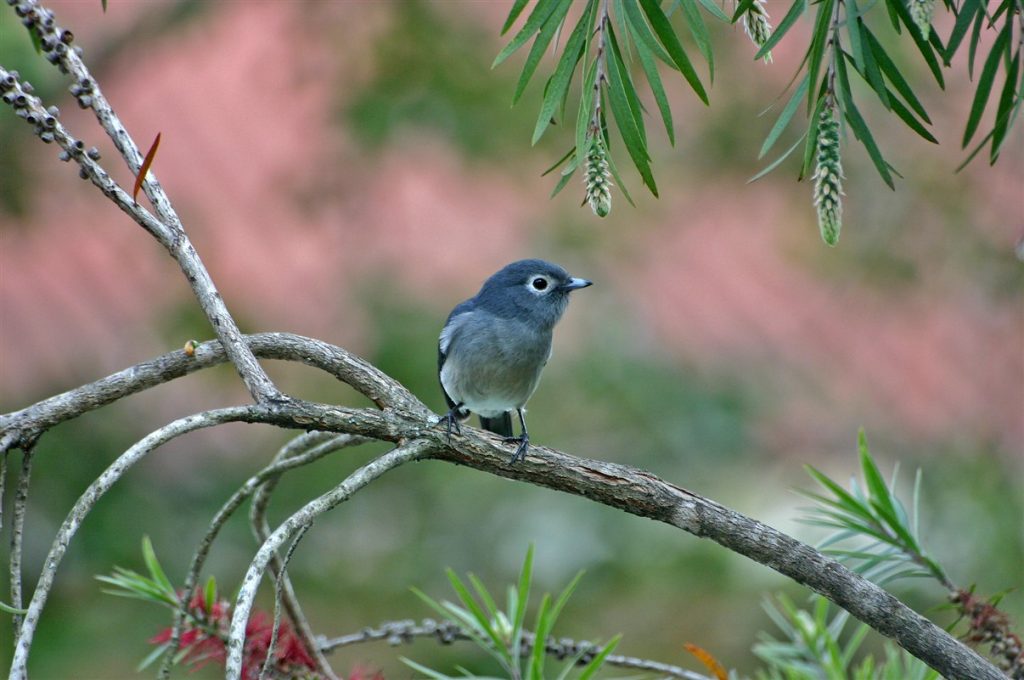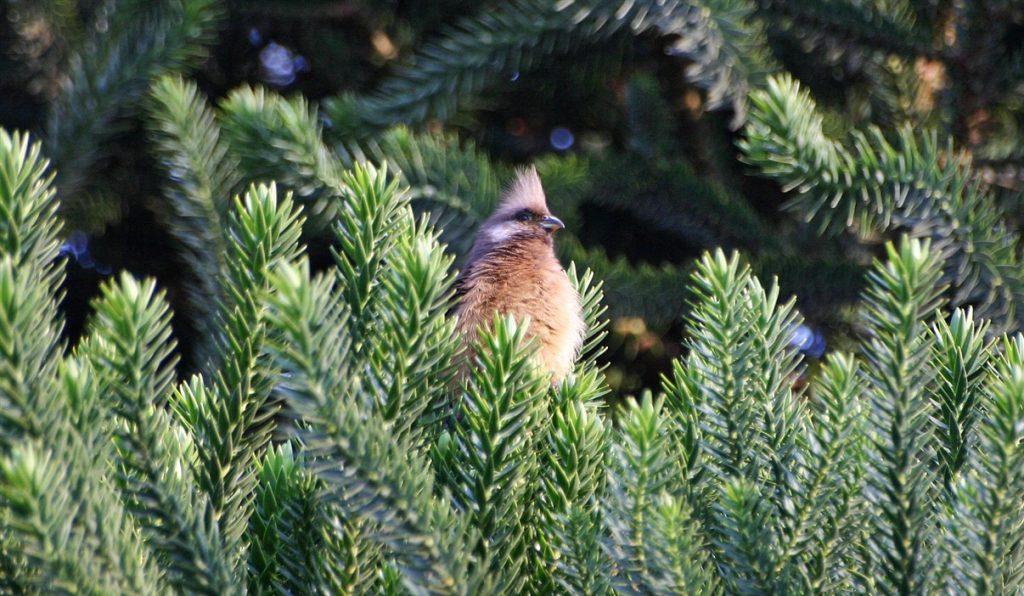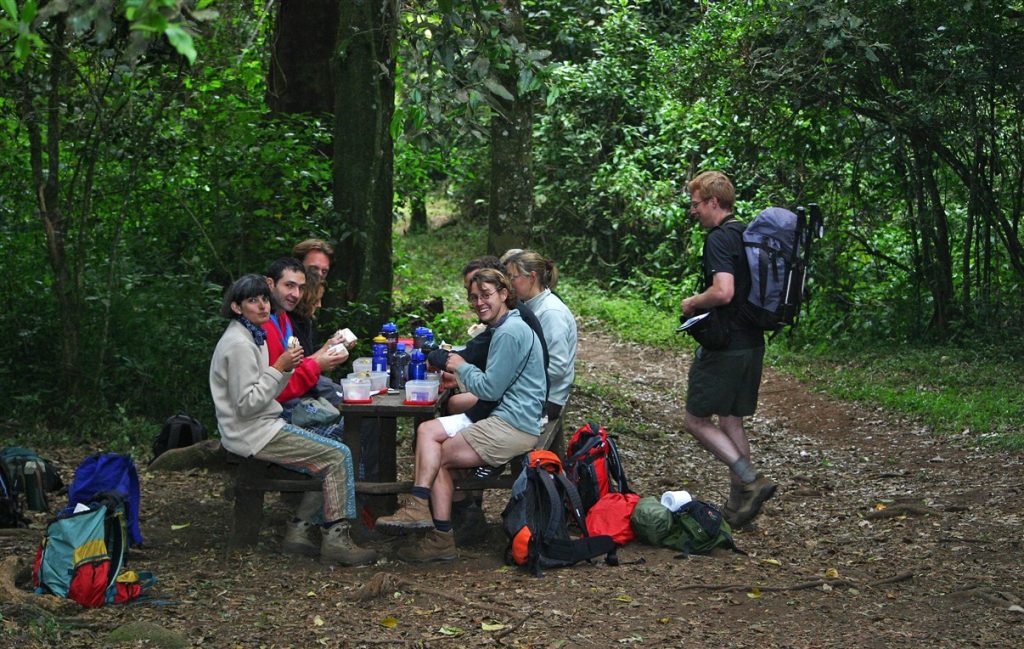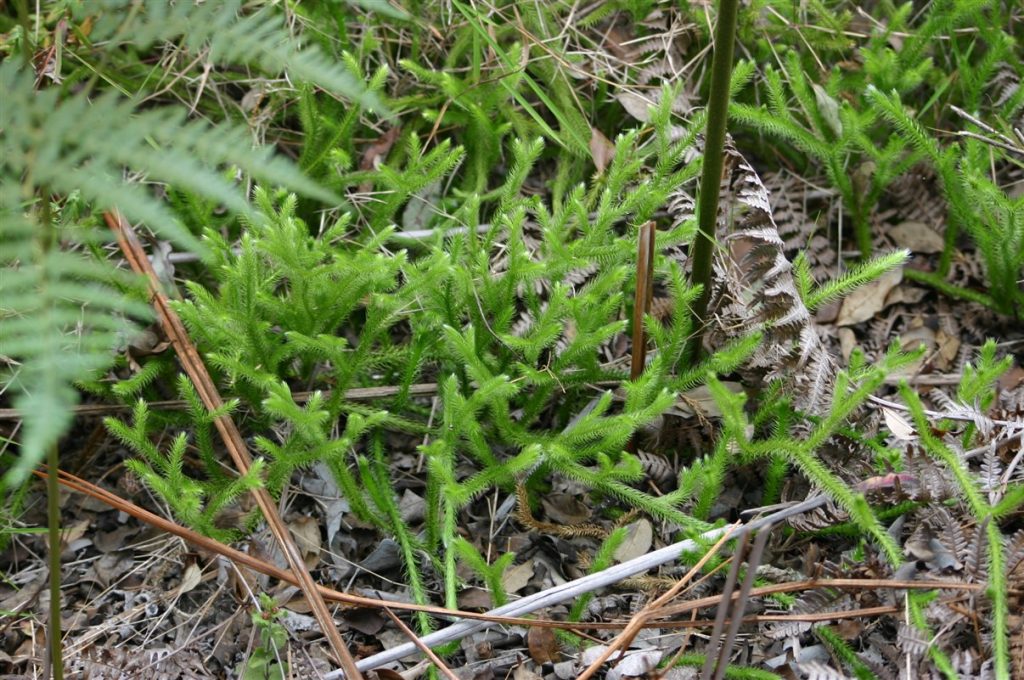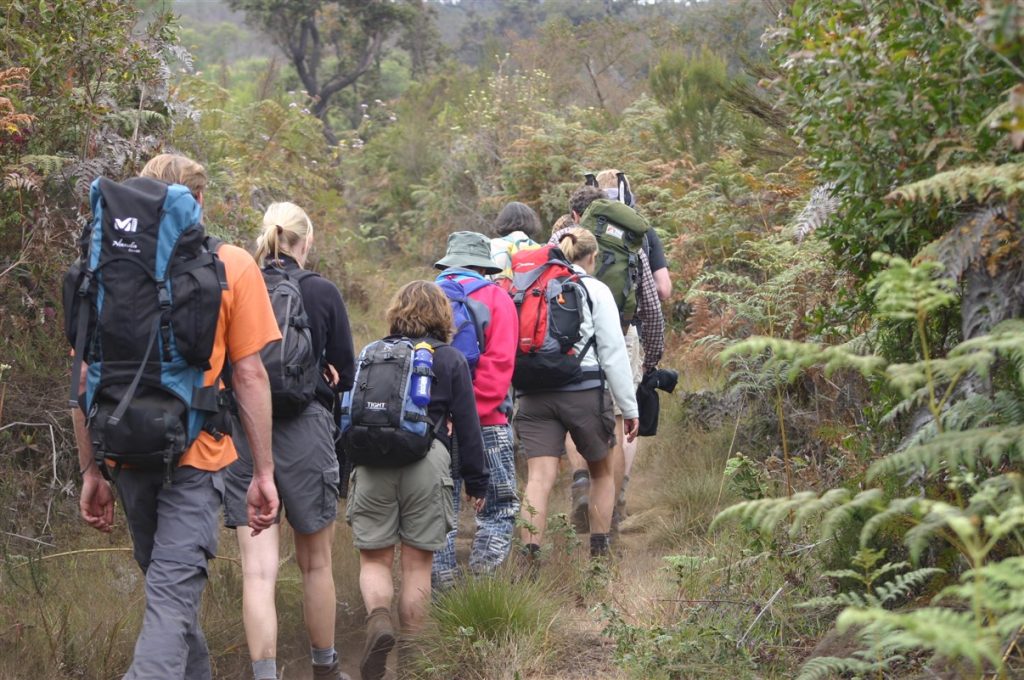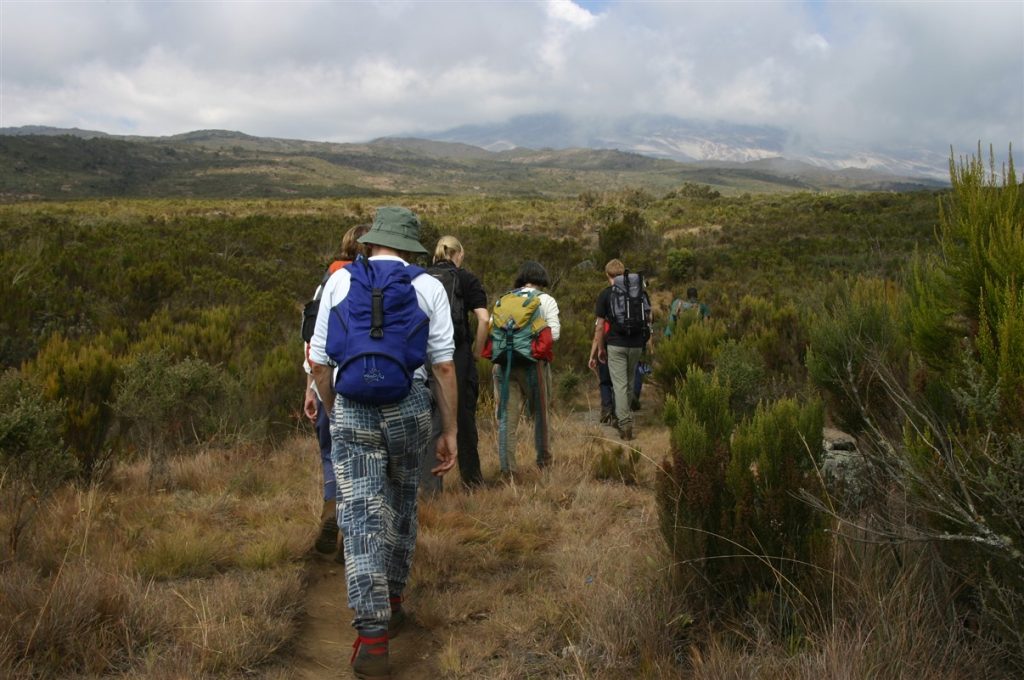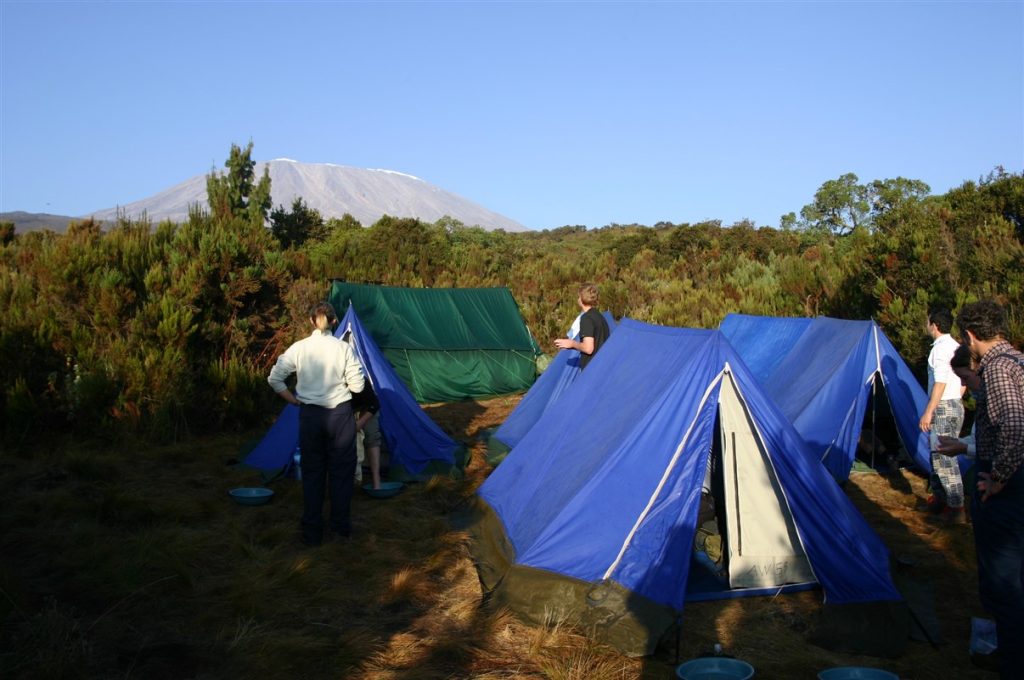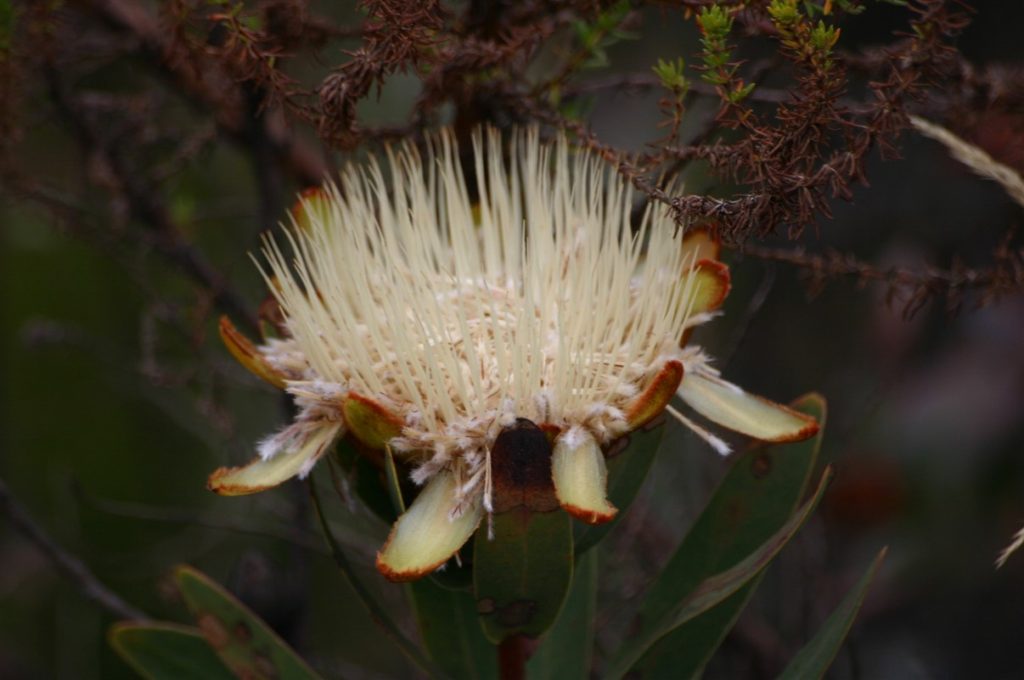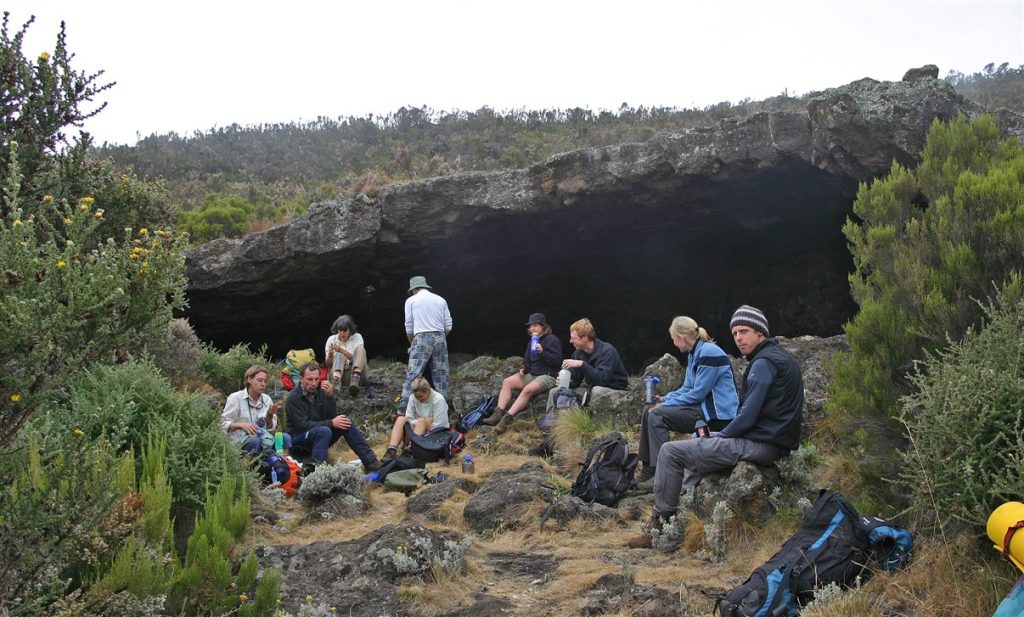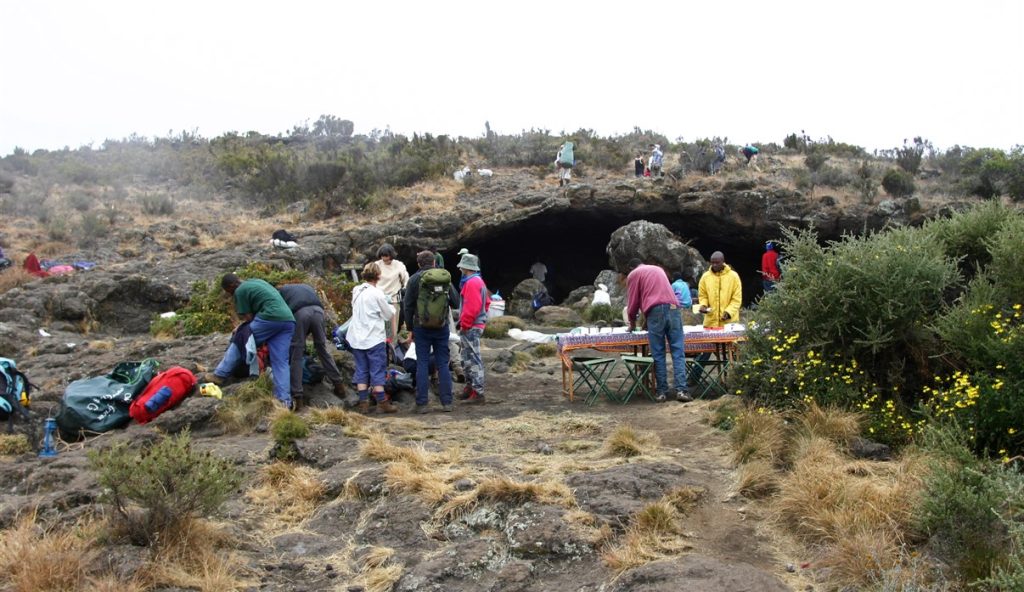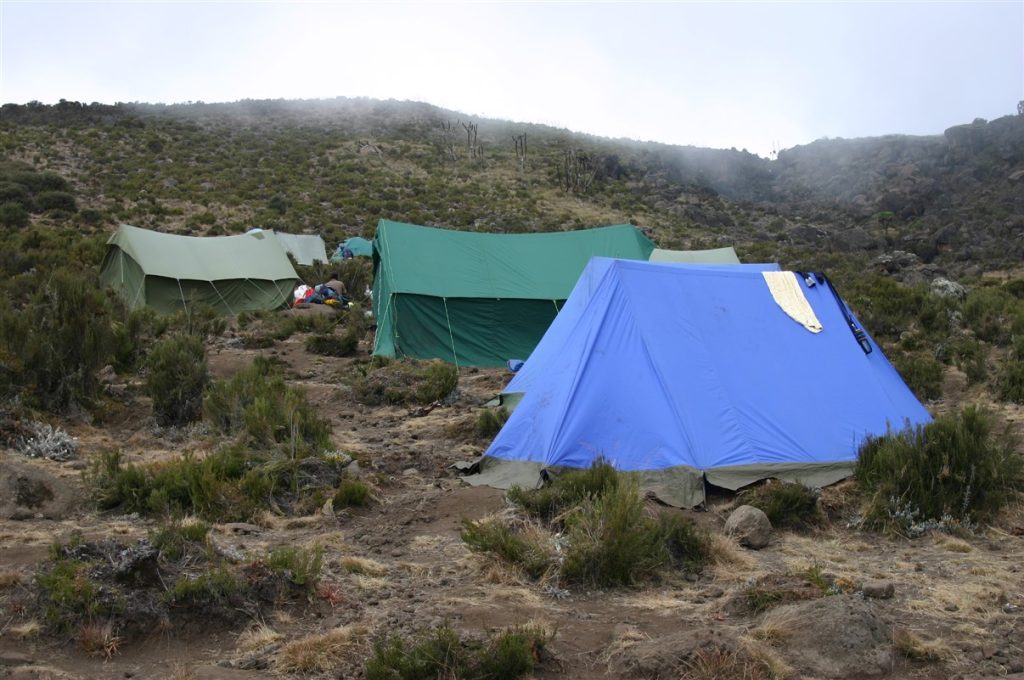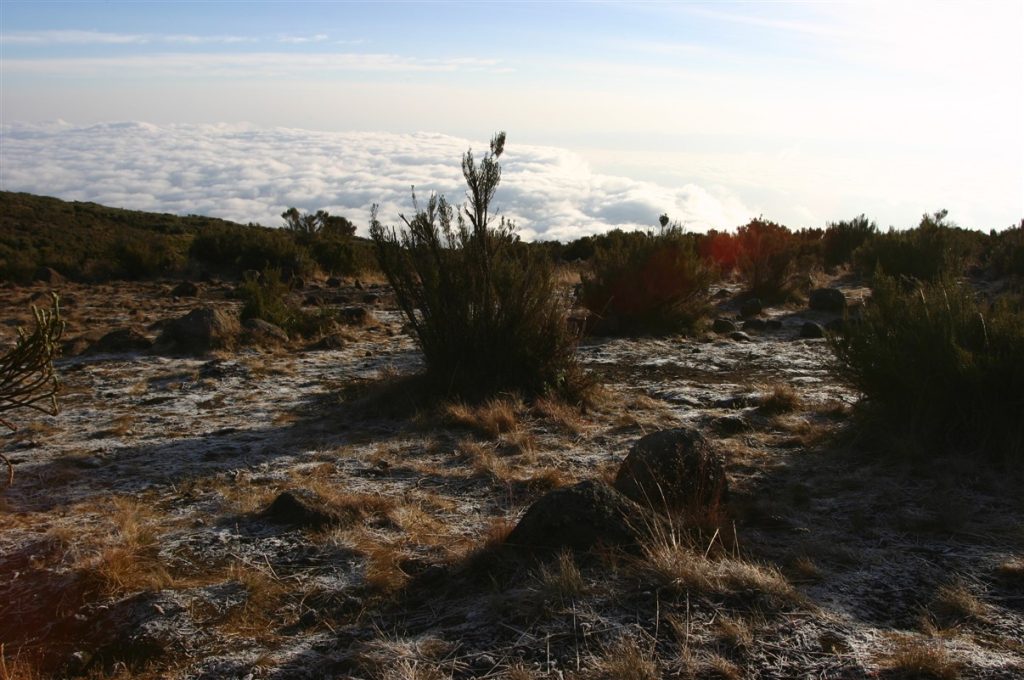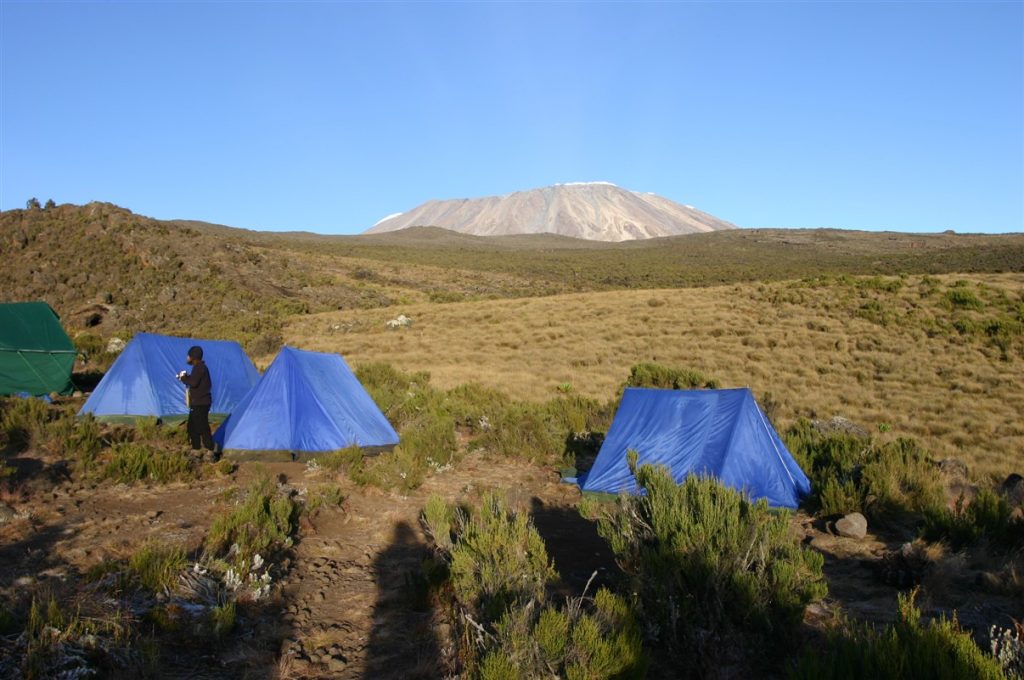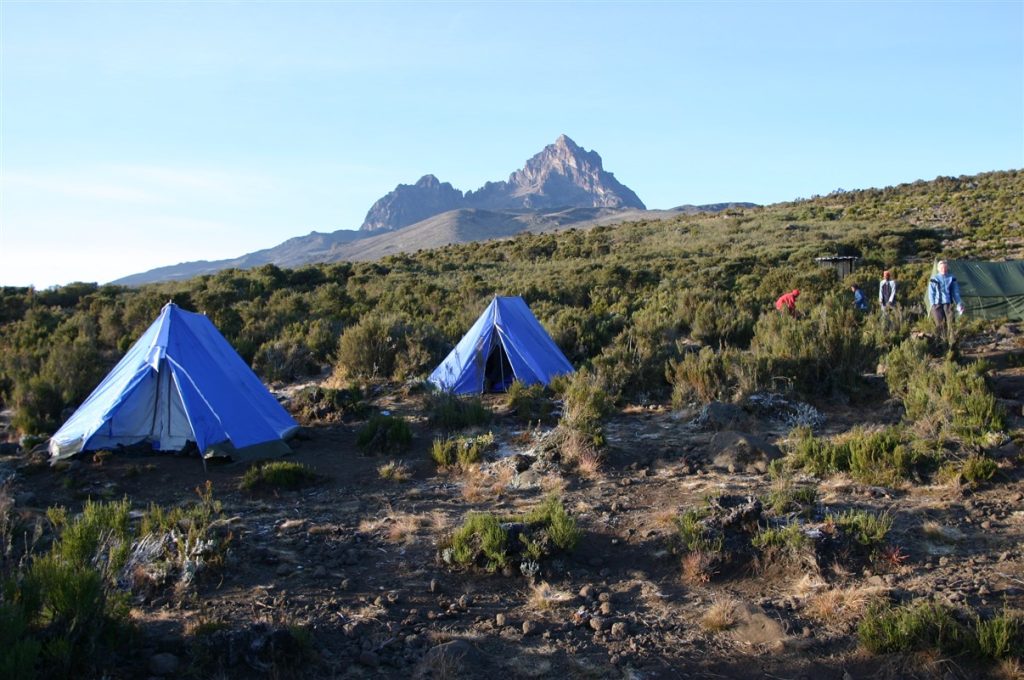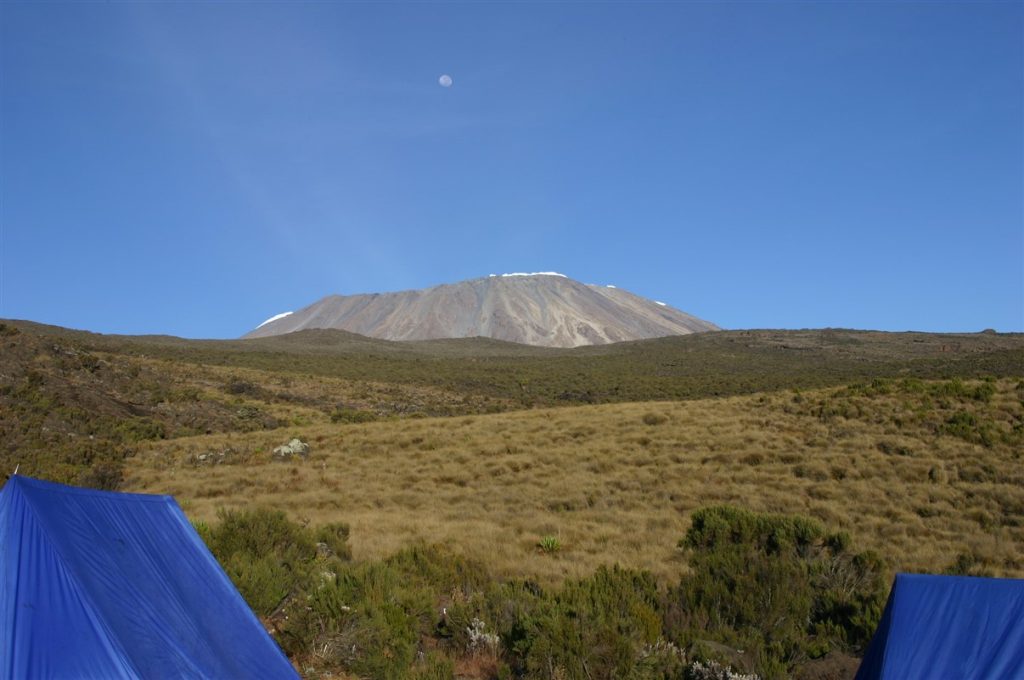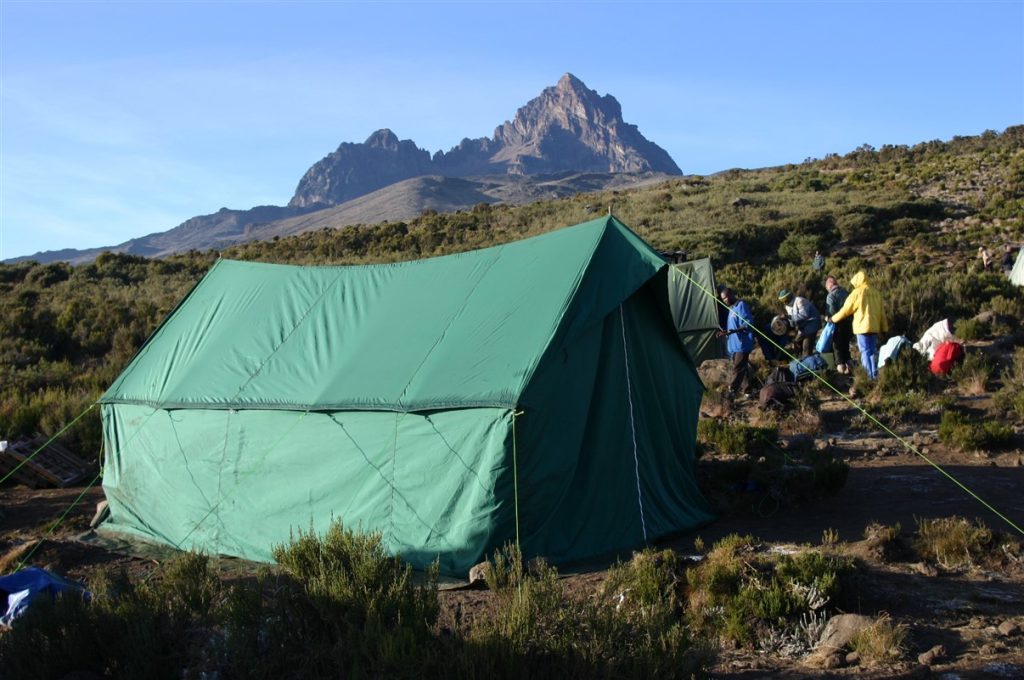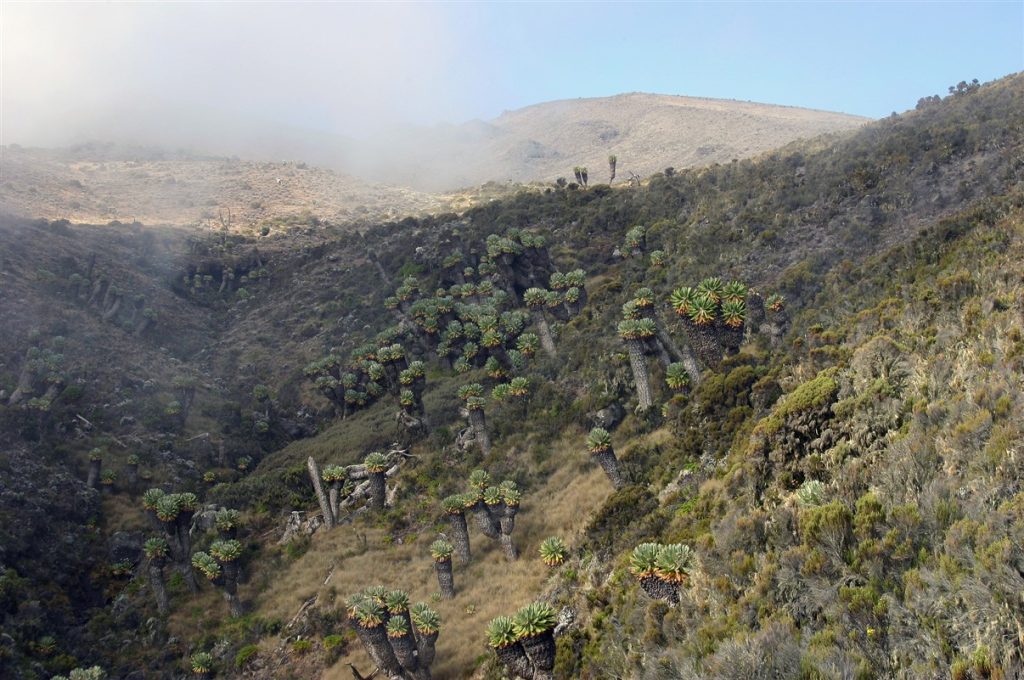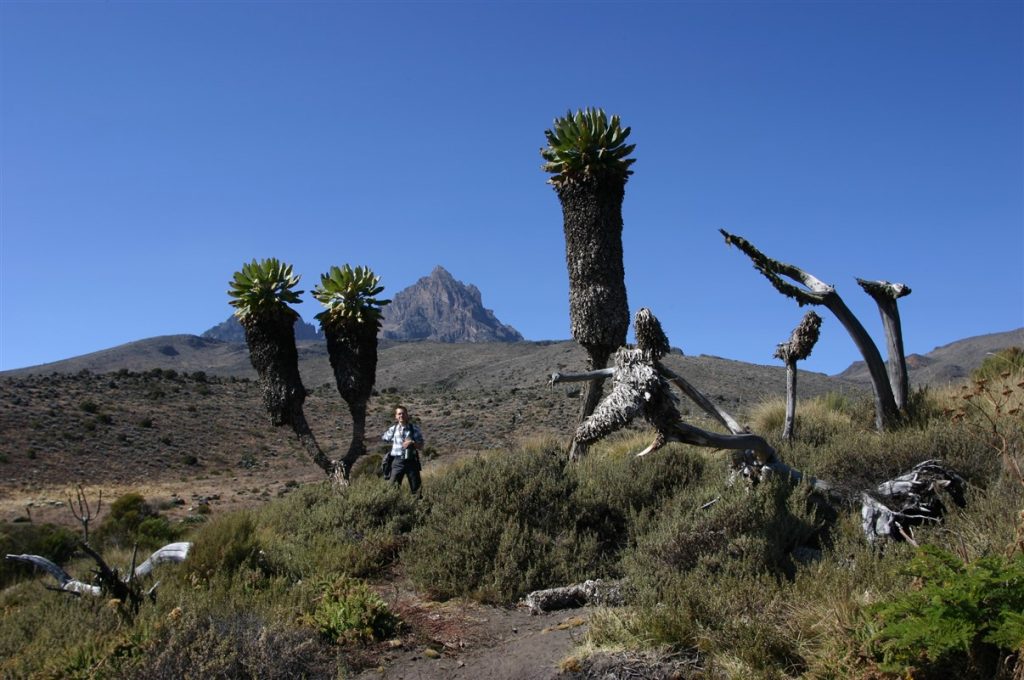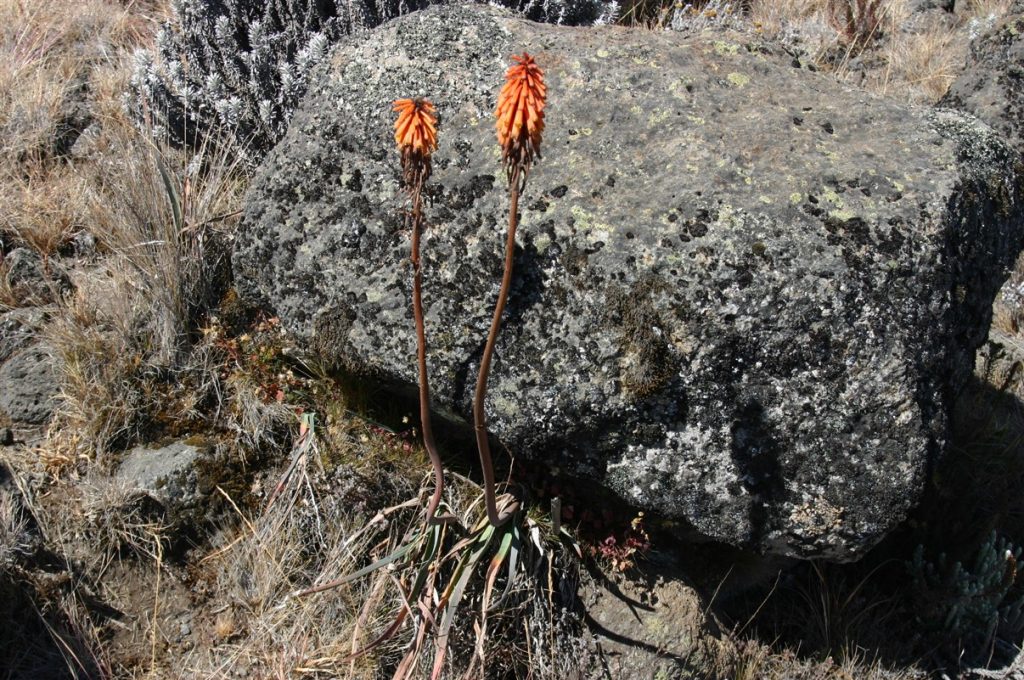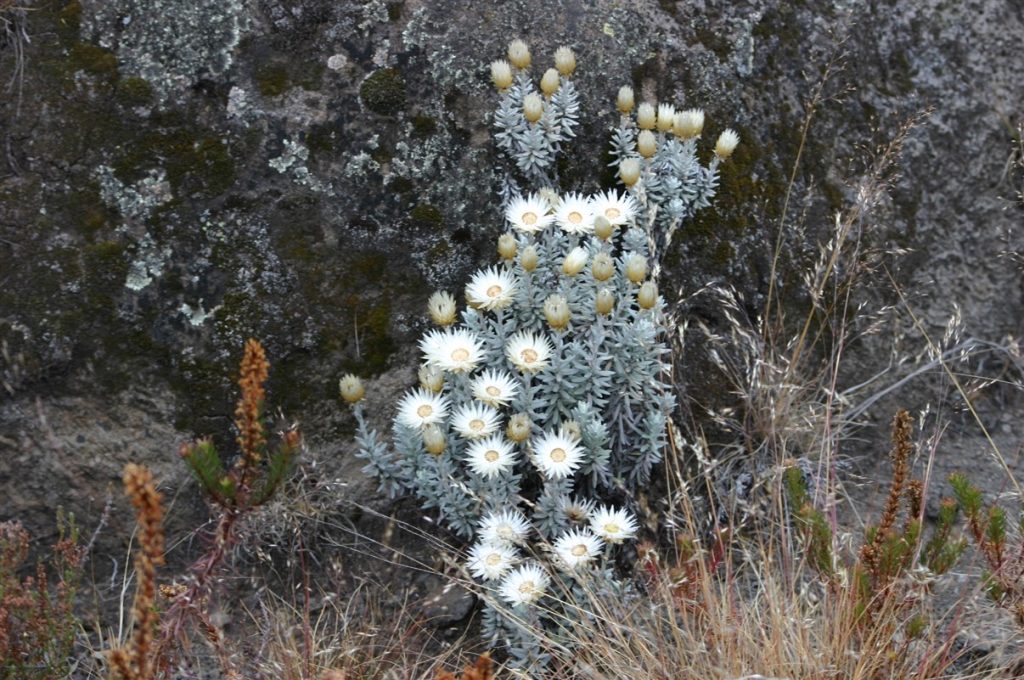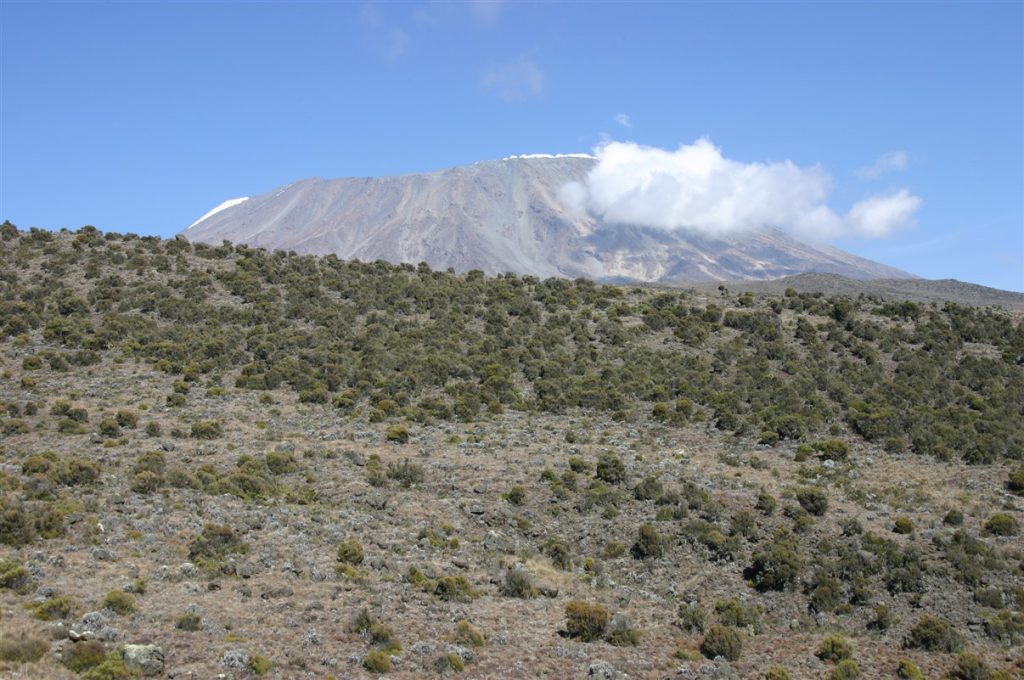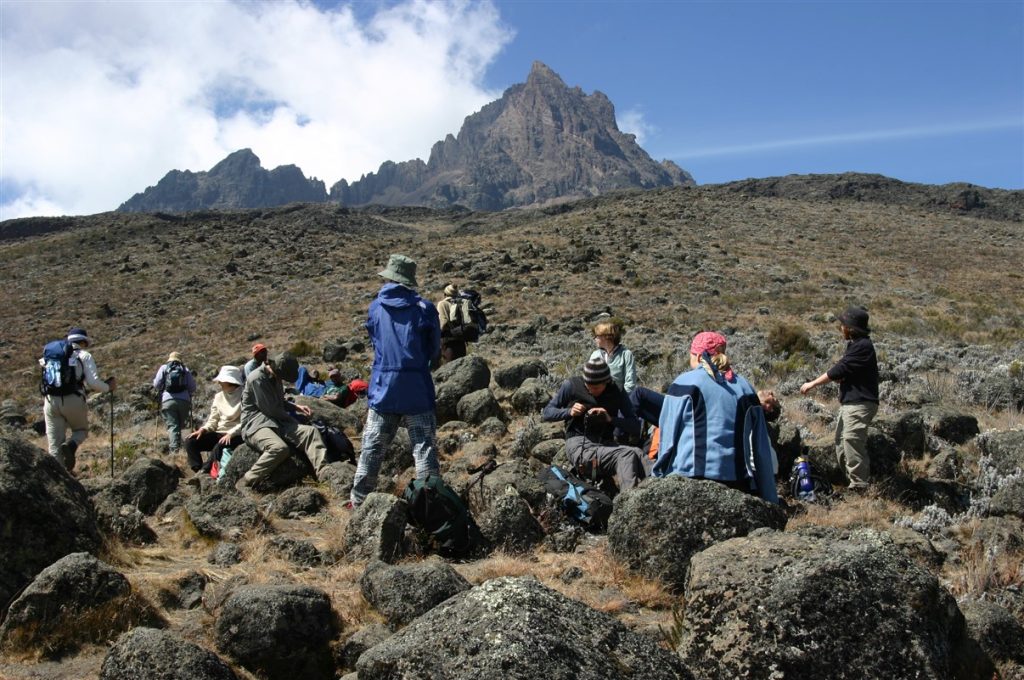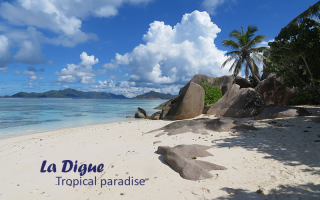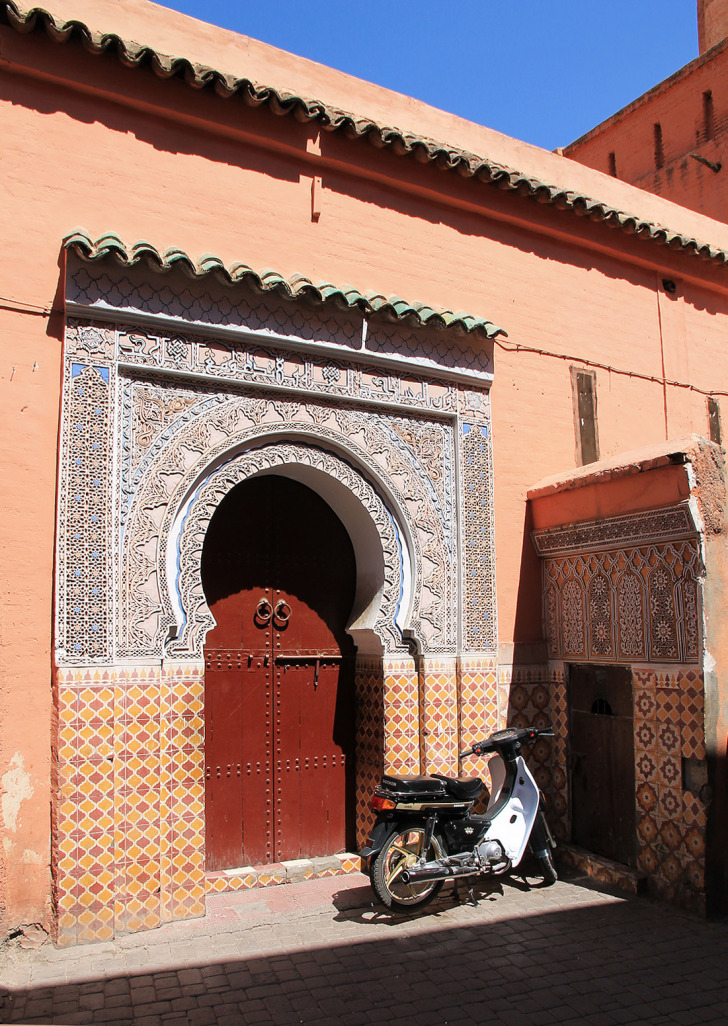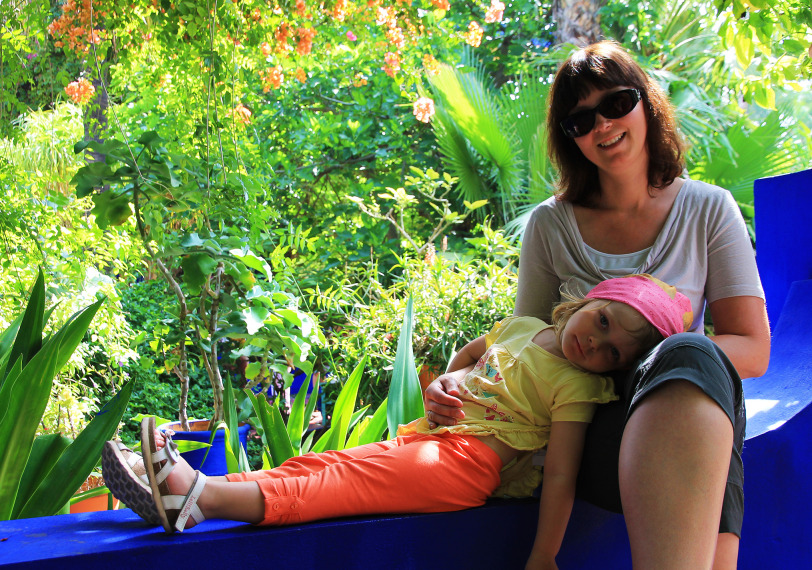One of the principal purposes of this website is to document our travels, both solo and as a family. Old stories might have lost most of their practical use for current travel plans, but they still deserve to be told. Maybe out of nostalgia, maybe for reasons of comparison, or just because we do not want to forget them.
This story isn’t that old, however. In 2004, I (Maarten) worked as a biologist at Ghent University and was sent to Zanzibar for a month of sea bottom sampling in the waters bordering the fringing reefs around the island’s east coast. When I was younger, I used to travel to Switzerland each year with my parents, and even though the Swiss mountain trails were breathtaking, I had always wanted to climb to a real mountain top once in my life. Since I had to fly to Tanzania anyway, I decided to leave a week earlier and land in Arusha Airport instead. I had booked a group trek to the top of Mount Kilimandjaro with Exodus Travels. An epic journey through a UNESCO world heritage site (Kilimanjaro National Park) with an international group of people: the perfect adventure.
In those years I had the habit of keeping a diary. During my stay in Tanzania I wrote in it every day, for the same reasons I am writing this blog post now. For this particular post, I will use some short fragments of my diary to accompany the photos.
When I arrived in Arusha, I was informed that my luggage was still in Amsterdam (it missed the connecting flight). This did stress me out, since I really needed my gear for the ascent. I was also the only person in my hotel (Kibo Hotel, named after the rounded top of Mt. Kilimandjaro), so I decided to go out into the village and try to get a taste of the fauna and flora of the area (I’m a biologist after all…).
“I went back to the little river, but this time I followed it upstream. I saw many butterflies, a Mountain Wagtail, swallows, a locust (when it flew up it looked just like a bird since it was that big) and my very first praying mantis. I was greeted with a 1000 jambo’s along the road, but also many people asking me for money. Men and women were washing their clothes in the river. I reached the small waterfall that people had told me about and it was very idyllic indeed. Not very high, but surrounded by a dense forest of Catalpas. I spotted a flowering agava, a Yellow-Bellied Sunbird (with its superb, blue-purple back) and a large yellow insect that made a lot of noise.“
“When I came back, I made some photos of Kibo hotel. The garden was full of exotic birds: Yellow-Bellied Sunbirds, Speckled Mousebirds, White-Eyed Slaty Flycatchers (very inquisitive and photogenic) and a Cape Robin-Chat.“
The day before the trek started, my luggage finally arrived. Fresh clothes, my mosquito net, hiking gear etc. What a relief.
“In the afternoon, my travel companions arrived as well. They come from Switzerland, America, Sweden and Great Britain. During dinner most of them were still a bit quiet. Even though Eduardo (from the African Walking Company) gave a very animated introduction to the briefing of tomorrow, he couldn’t really reassure us all.“
DAY 1.
“First entry to my diary from the tent. We woke up at 6am this morning, had breakfast, did the necessary paperwork and had our official briefing. Mountain sickness was the main topic here, but we were also introduced to the itinerary of our route. Rongai route, the only one approaching Mt. Kilimandjaro from the north. Our bags were weighed (max. 15kg!) and then we were off to our starting point. What followed was a two-hour, bumpy ride to Rongai on a dusty excuse for a road, with a full bladder. I might have taken the advice of drinking enough water a bit too strictly. When we finally arrived, it was clouded and surprisingly cold.“
“After being introduced to the guides and cook, we started walking. The first part took us past corn fields, where we were greeted with many friendly jambo’s. We had lunch (first time ever I ate a double sandwich with jam, cream cheese and grated cheese on top) in a forest with some superb clubmosses. We could hear many birds, but they remained hidden. We could also smell the elephants that left clear traces of their path here. We left the forest and entered an area with ferns, which was soon followed by a type of high heather. … Around 4pm, we reached our first camping spot: Simba Camp (Rongai). We first had tea, after which we had to climb up another few hundreds of meters for altitude acclimatization reasons. That’s what they said, but I believe this isn’t really necessary at an altitude of 2500-2700m. Dinner by oil lamp was very taste and copious. My tent mate is Mick, from Great Britain.“
DAY 2.
“This entry in my diary is made at a height of 3600m. Headache is killing me, already (but it seems everyone suffers a bit today). And I have dirty hands. I didn’t sleep well last night. It seems I’m not used to sleeping close to someone else: it stresses me out to hear him breathe and snore. After breakfast (9am), we were off to Kikelelwa Camp. Although we had a splendid view of Kibo ànd Mawenzi this morning from the camp, the mist literally came rolling in when we were walking (which created a bit of a magical atmosphere I must say). We saw a few of those typical, huge white-necked ravens and a lot of interesting flora: huge Hypericum, Kilimandjaro Gladiolus (Gladiolus watsonioides)… We halted at “Cave 1” first, and had dinner (soup and corned beef with vegetable salad) a few hours later at “Second Cave”, where we encountered a Mountain Buzzard (Buteo oreophilus). We reached Kikelelwa around 4pm. It had been a long day.”
“How impressive! There are many Giant Senecio’s (Dendrosenecio kilimanjari) around the camp: such iconic plants! After tea time, we went for some “altitude training” again. I had a bad headache, but one pain killer seemed to solve that problem almost completely. When we came out of the dinner tent, we were amazed by the number of stars we saw in the sky. Never seen so many together! A cloud above Kibo gave us the impression that the dormant volcano had finally erupted again… So, now I’m here in my tent again, finishing my last half liter of water. I already drank 2.5 liters today, and together with the soup, tea and food, we take in around 5-6 liters per day. Tomorrow we head to Mawenzi Tarn, at 4400m.“
DAY 3.
“Dairy from a height of 4410m, with a mild headache and cold feet. And a tent that doesn’t close anymore (and it freezes here during the night). There were no clouds again this morning and the view was marvelous. We are above the clouds now, but we could clearly see them rising up the side of the mountain. We knew the morning routine well already: first our morning tea, then breakfast (bread, porridge, fruits), then collecting our water, 2 bananas and 3 ginger cookies and finally putting on some sunscreen. We could see Mawenzi, that rugged brown-red peak, in all its glory and at a certain point even Amboseli NP in Kenya was visible. We spotted a Mountain Buzzard again, and many peculiar plants: the giant Senecio’s, Helichrysum kilimanjari, Kniphoffia thompsoni and Stoebe kilimandscharica. Along the hike, I talked mostly with Wilfred, the guide that knows everything about Kilimandjaro’s wildlife. The trail was steep, but not worse than what I am used to in Switzerland. During one of the breaks, a terrible headache came up. Around noon, we arrived at Mawenzi Tarn, where we had soup and sausages. I slept 2 whole hours, which had a positive effect on my headache. At 4pm we did our daily acclimatization walk again. It was astonishingly hot. From our highest point, we had the most splendid view of “The Saddle”, a stretch of “desert” connecting Mawenzi and Kibo. The rocks here were of volcanic nature, with quartz needles (molten sand?) and some pyrite. Back in the camp we could wash our feet and had spaghetti as dinner.“
“When we wanted to go to sleep, we noticed that the internal zipper of the tent was broken. Everyone came to help fix it, but they didn’t succeed. It is going to be a cold night: I’ll sleep with my hat on. Tomorrow is our last day hike (to Kibo Hut) before the final ascent…“
With this entry I will end this first blog post. My story of the ascent itself can be found in the second part. Hope you already enjoyed this one!


